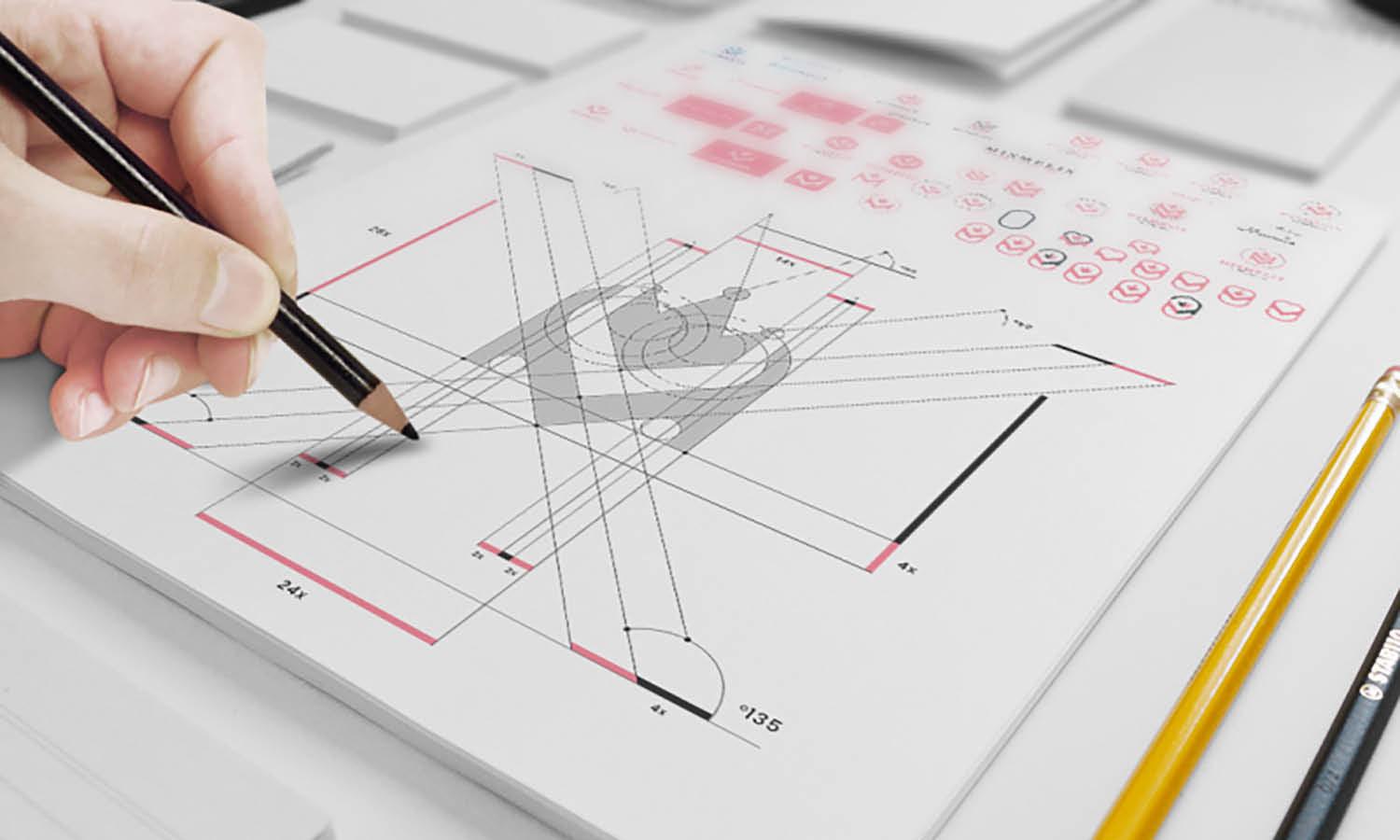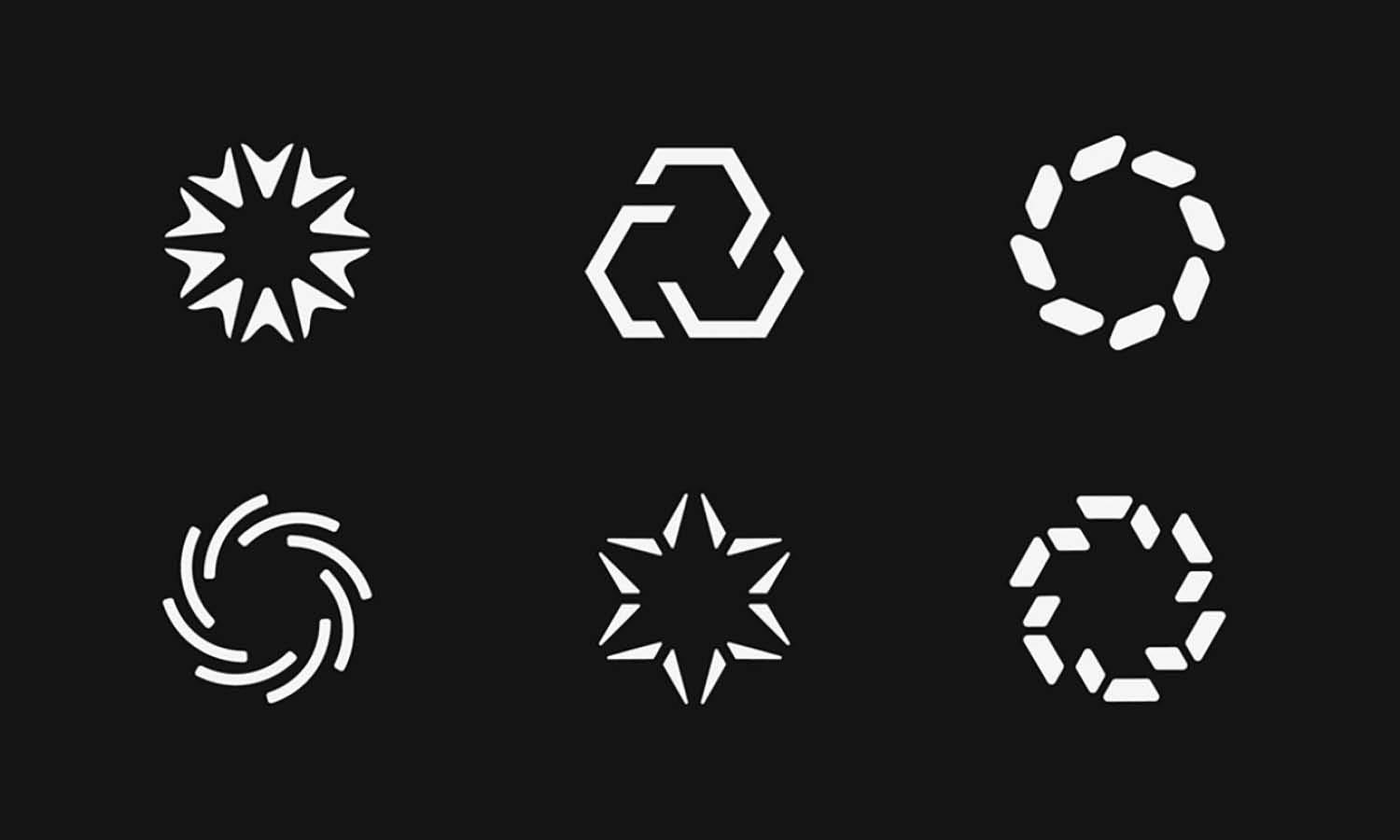10 Designer Tips to Decode Client Feedback Easily

Navigating client feedback is a critical skill for any designer, as it directly influences the outcome of a project and the satisfaction of your client. Feedback, whether positive or critical, provides invaluable insights into the client's vision and expectations. However, decoding this feedback can sometimes be challenging due to its subjective nature and the varied communication styles of different clients. Mastering the art of interpreting and implementing feedback efficiently can significantly enhance the design process, ensuring that the final product aligns with the client’s needs while still maintaining your creative integrity.
This article offers ten practical tips to help designers effectively understand and utilize client feedback, turning potential obstacles into opportunities for refinement and innovation. By employing these strategies, designers can streamline their revisions, foster better client relationships, and deliver designs that resonate more profoundly with their intended audience.
Understand the Client’s Objectives
Before diving into design revisions, it is essential to understand the client’s objectives clearly. A well-informed designer can interpret client feedback more effectively when they grasp the bigger picture of what the client is trying to accomplish. These objectives often go beyond aesthetics—they could include enhancing brand recognition, improving user engagement, or aligning the design with a specific marketing campaign.
To begin, have a detailed conversation with the client at the project’s outset. Ask questions that uncover the “why” behind the project, not just the “what.” For example, why is the client seeking a new design? What audience are they targeting? What message should the design communicate? This context allows you to decode feedback through a strategic lens.
Once you know the objectives, revisit them whenever you receive client feedback. If a client says a design "doesn’t feel right,” use the project goals as a reference point to guide the conversation. Feedback becomes easier to process when you view it as part of a broader mission rather than isolated comments.
Understanding the client’s objectives also helps prevent miscommunication. It ensures that both designer and client are working toward the same vision and reduces the chance of repeated revisions. In short, a clear grasp of objectives transforms client feedback from vague opinions into actionable insights that support the overall direction of the project.
Ask for Specifics
One of the most effective ways to make client feedback more useful is to ask for specifics. Clients may initially give vague responses like “make it pop” or “something feels off,” which can be frustrating and difficult to interpret. Rather than guessing, prompt the client to elaborate with clear, focused questions that lead to actionable feedback.
For instance, if a client says the color doesn’t work, you might ask, “Is it too bright, too muted, or just not the right tone for the brand?” These follow-up questions help transform abstract comments into detailed direction. It also shows the client that you are engaged and committed to understanding their vision.
Another helpful approach is to offer a few choices. Present multiple variations or alternatives and ask the client to pinpoint what they like or dislike about each one. This makes the conversation more productive and helps identify design preferences more quickly.
Asking for specifics not only improves your ability to revise accurately but also builds trust. Clients appreciate when their input is taken seriously and refined through professional dialogue. Over time, they may even start giving more detailed feedback without prompting.
Request Examples
When client feedback feels unclear or open to interpretation, one of the most helpful strategies is to request examples. Clients may struggle to articulate their design preferences in technical or visual terms, but they often know what they like when they see it. By asking for reference materials—such as links to websites, logos, color palettes, or layouts—they can visually communicate their expectations without needing to explain every detail.
Examples serve as a common language between designer and client. When a client says they want something “modern” or “elegant,” the meaning can vary widely depending on personal taste. But when they provide a sample that reflects their idea of “modern,” you gain insight into their specific style preferences. This allows you to interpret their client feedback with much more accuracy.
You can also use examples proactively. Share a mood board or a few initial concepts early in the process, and then ask for feedback on what elements resonate and which ones don’t. This not only makes client feedback more precise but also helps build a foundation for a collaborative design process.
Encouraging clients to share what they love—and even what they dislike—helps narrow down their expectations. It minimizes guesswork and fosters clarity on both sides. Ultimately, requesting examples leads to better communication, fewer revisions, and a final design that aligns with the client’s vision. It's a simple but powerful way to turn abstract ideas into concrete creative direction.

Use Visual Comparisons
Utilizing visual comparisons is a powerful technique for designers to clarify and refine client feedback effectively. When clients provide feedback that may be abstract or subjective, comparing existing design elements with modified versions can provide a concrete basis for discussion. This approach allows clients to visually apprehend the differences between various options, aiding in clearer communication and more precise feedback. For example, if a client suggests making a design "more dynamic," a designer might present several variations of the layout that interpret dynamism in different ways.
By visually comparing these options, clients can better articulate which elements align more closely with their vision. This not only streamlines the revision process but also minimizes the back-and-forth often necessary to hone in on client preferences. Additionally, visual comparisons can be used to demonstrate the impact of specific changes, helping clients understand the practical implications of their feedback on the overall design. This method fosters a collaborative atmosphere, where both designer and client can engage in a more informed and focused dialogue about the project’s direction.
Separate Personal Taste From Objective Criticism
One of the key challenges designers face when interpreting client feedback is distinguishing between personal taste and objective criticism. To navigate this, it's important for designers to gently guide the conversation towards feedback that enhances the design’s effectiveness rather than preferences that may not align with the project's goals. When a client’s feedback is heavily influenced by personal taste, it can skew the design away from its intended audience or purpose.
Designers should tactfully question the reasoning behind the feedback by asking how it aligns with the project’s objectives or the target audience’s preferences. For instance, if a client insists on using a particular color that doesn't suit the brand's identity, the designer might ask, "How do you see this color enhancing the brand's message to its target audience?" This encourages clients to consider their feedback from a broader perspective and focuses discussions on achieving the best outcome for the project.
Keep Emotions Out of It
Maintaining professionalism as a designer means keeping emotions out of client interactions, especially when discussing feedback. Emotional reactions can cloud judgment and hinder the ability to engage constructively with client comments. It's vital for designers to approach feedback as a necessary component of the design process, one that enhances and refines the final product. When receiving feedback that may feel personal or critical, take a step back and assess it purely from a professional standpoint. Consider each piece of feedback as an opportunity to improve the project's alignment with client needs and expectations.
Implementing a methodical approach to revisions—where feedback is analyzed, categorized, and addressed systematically—can help keep emotional responses at bay. This not only ensures a more objective approach to design modifications but also promotes a calm, focused environment for both client and designer. Remember, the end goal is to achieve a result that satisfies the client’s objectives, not to validate personal design preferences.
Avoid Making Assumptions
When dealing with client feedback, it's crucial for designers to avoid making assumptions. Misinterpreting feedback due to preconceived notions can lead to unnecessary revisions and client dissatisfaction. Always seek clarification on any feedback that isn't fully understood. Ask direct questions to ensure that both parties are on the same page. This can involve probing into the reasons behind certain requests or asking for examples to better understand the client's vision.
This practice not only minimizes the risk of project delays due to miscommunication but also reinforces a professional relationship built on clear and open dialogue. For instance, if a client says they want a design to be more "modern," a designer should clarify what "modern" means to the client, perhaps by discussing contemporary design trends they might be referring to. This detailed level of understanding helps tailor the design more closely to the client's expectations and reduces the cycle of revisions, leading to more efficient project completion and client satisfaction.

Educate Your Client
An integral part of decoding client feedback effectively involves educating your client about the design process. This does not only help in setting realistic expectations but also empowers clients to give more insightful feedback. By explaining design principles, the rationale behind certain choices, and how these align with the project's objectives, designers can foster a deeper understanding and appreciation of the creative process among their clients. For instance, discussing the impact of color psychology, typography, and layout can help clients understand why certain elements are used and how they contribute to the overall effectiveness of the design.
This education can happen through informal discussions, presentation of mood boards, or sharing articles and case studies relevant to their project. When clients are better informed, they are likely to focus their feedback on how the design meets business objectives rather than personal preferences. This approach not only enhances the feedback quality but also reduces the frequency of subjective and non-constructive criticisms, streamlining the design process and leading to more successful outcomes.
Communicate Regularly
Consistent communication is essential when working with clients, especially when navigating rounds of client feedback. Regular updates create a reliable feedback loop and prevent misunderstandings before they grow into larger problems. By staying in touch throughout the project, you ensure the client feels involved and informed—both key to building trust and maintaining a smooth workflow.
Instead of waiting until a major milestone is reached, check in at various stages. Share progress in smaller steps, such as early sketches, layout drafts, or color tests. This not only invites more targeted client feedback but also allows adjustments to be made early, saving time and effort in the long run.
Communication doesn’t always have to be formal. A quick message or email update can go a long way in keeping the client engaged. Regular check-ins also reduce the likelihood of surprises, which are often the root of dissatisfaction or project delays.
If the client has a busy schedule, set expectations for how and when feedback will be needed. Agreeing on a timeline makes the process more predictable and collaborative. Make it easy for them to respond by highlighting what kind of input you need.
Follow Up for Confirmation
Once you’ve made changes based on client feedback, don’t assume everything is approved. It’s essential to follow up for confirmation to ensure your revisions align with what the client envisioned. This final step helps close the loop on any requested edits and prevents potential miscommunication or unnecessary rework.
After implementing feedback, present the updated design clearly and ask for confirmation. Use language like “Does this reflect the direction you had in mind?” or “Are we on the right track now?” These questions invite clarity while giving the client the opportunity to respond constructively.
Providing a short summary of the changes you made based on their earlier feedback can also be helpful. It shows professionalism and reinforces that you’re actively listening. This recap helps clients see that their input has been considered and applied thoughtfully.
It’s also smart to document confirmation in writing, whether via email or through a project management tool. This creates a reference point if questions arise later in the project.
Following up ensures that you’re not moving forward based on assumptions. It turns client feedback into a conversation rather than a one-way directive. It also reinforces the idea that design is a collaborative effort—and that the final product is the result of careful interpretation and teamwork.
Conclusion
Decoding client feedback is a vital part of any successful design process. When handled with clarity, patience, and professionalism, feedback becomes a tool for refinement rather than a roadblock. By understanding the client’s objectives, asking for specifics, requesting examples, communicating regularly, and confirming revisions, designers can bridge gaps and deliver work that meets or exceeds expectations. Each project offers a new opportunity to strengthen communication and build trust. Embracing client feedback as a collaborative dialogue not only improves design outcomes but also fosters long-term relationships that benefit both the client and the creative professional.
Let Us Know What You Think!
Every information you read here are written and curated by Kreafolk's team, carefully pieced together with our creative community in mind. Did you enjoy our contents? Leave a comment below and share your thoughts. Cheers to more creative articles and inspirations!
















Leave a Comment